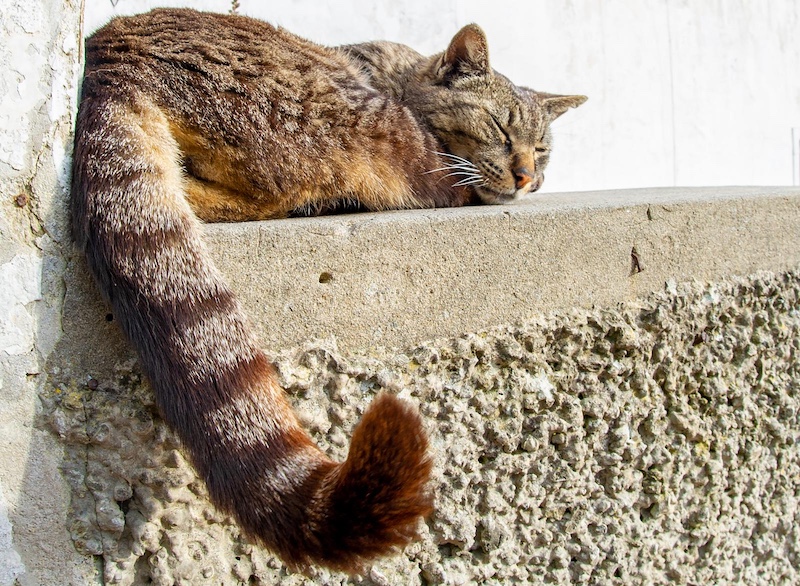Cats are endlessly fascinating creatures, and their tails are among the most expressive and versatile parts of their anatomy. While most pet owners recognize basic tail signals like wagging or puffing, there’s so much more to learn about these furry appendages. Here are 10 surprising facts about a cat’s tail that you probably didn’t know.
1. A Cat’s Tail Is an Extension of Its Spine

A cat’s tail isn’t just for show—it’s a vital part of their skeletal system. Made up of 19 to 23 vertebrae, it serves as a continuation of the spine. This complex structure gives the tail its flexibility and range of motion, enabling cats to use it for balance, communication, and more.
2. Tails Help Cats Balance

Ever wonder how cats manage their famous acrobatic feats? Their tails play a big role in maintaining balance. Whether they’re navigating narrow ledges or landing gracefully after a jump, a cat’s tail acts as a counterweight, helping them stay steady.
3. Tail Movements Can Signal Emotions

A cat’s tail is a window into its emotional state. A raised tail often indicates confidence and friendliness, while a puffed-up tail signals fear or aggression. A rapidly swishing tail usually means the cat is annoyed or agitated. Paying attention to these signals can help you better understand your feline friend.
4. Cats Don’t Always Need Their Tails
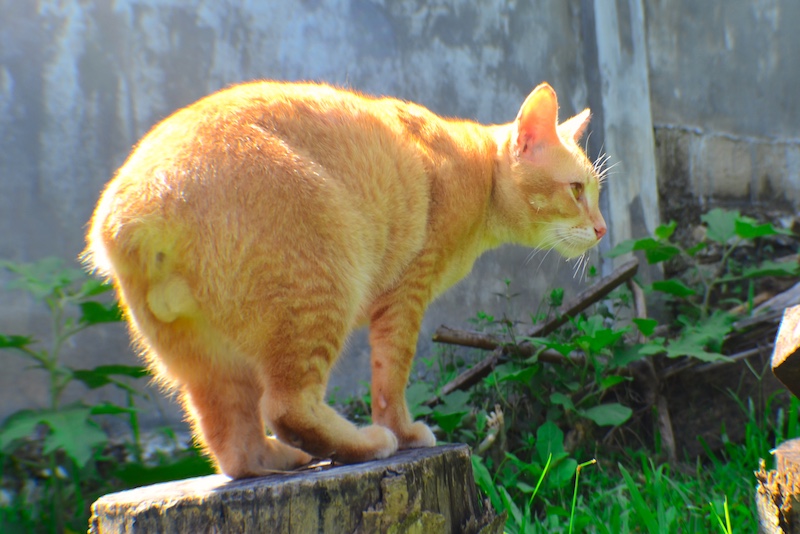
Though tails are useful, some cats get along just fine without them. Manx cats, for example, are born without tails or with only a small stub. These cats adapt remarkably well, relying on their strong hind legs and sense of balance to compensate.
5. Tails Are Used for Communication
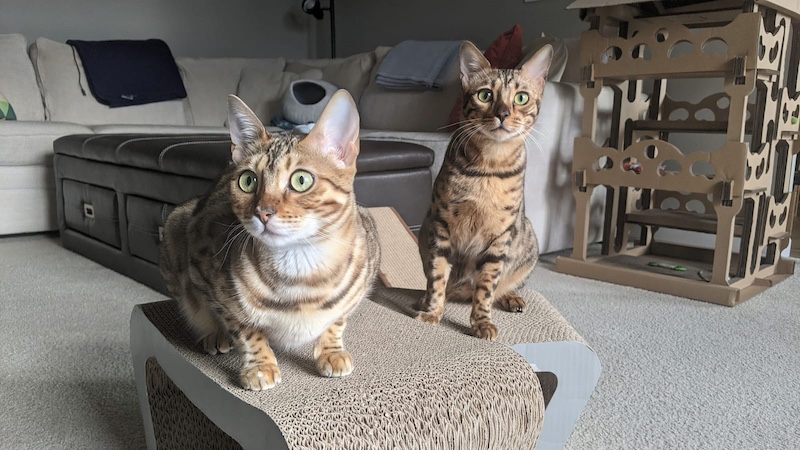
Cats use their tails to “talk” to each other and to humans. A slow, gentle wag might be a sign of curiosity, while a tail held low and rigid could indicate unease. A quivering tail is often a sign of excitement or affection, especially when greeting a favorite human.
6. Cats Can Chase Their Tails

Tail-chasing is more common in kittens than adult cats, as it’s often part of their playful exploration of the world. However, excessive tail-chasing in adult cats could signal boredom, stress, or even a medical issue, so it’s worth keeping an eye on this behavior.
7. Tails Have Nerve Endings
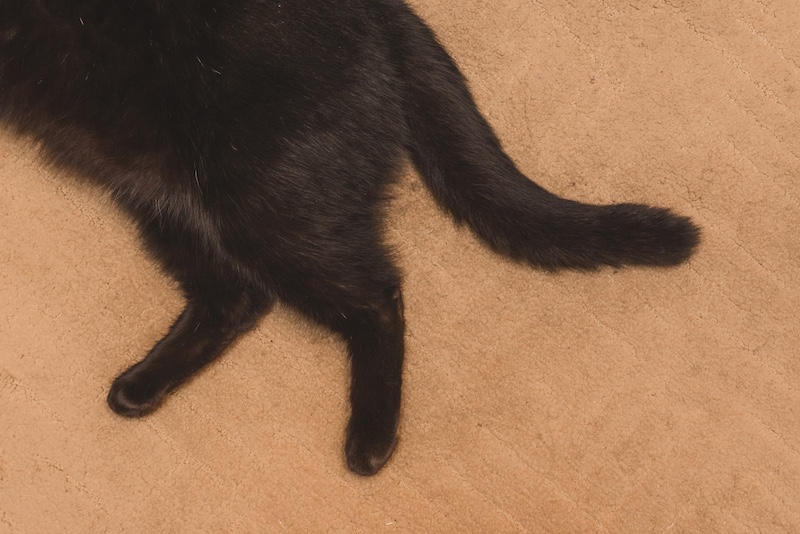
A cat’s tail is highly sensitive due to the many nerve endings within it. This sensitivity allows them to sense subtle changes in their environment, but it also means they may not enjoy having their tail touched or grabbed. Always handle your cat’s tail with care to avoid discomfort or injury.
8. Cats Use Their Tails for Navigation

In addition to aiding balance, tails help cats navigate tight spaces and dark environments. By subtly shifting their tail’s position, they can fine-tune their movements and maintain spatial awareness, even in tricky or dimly lit conditions.
9. Tails Can Develop Health Issues
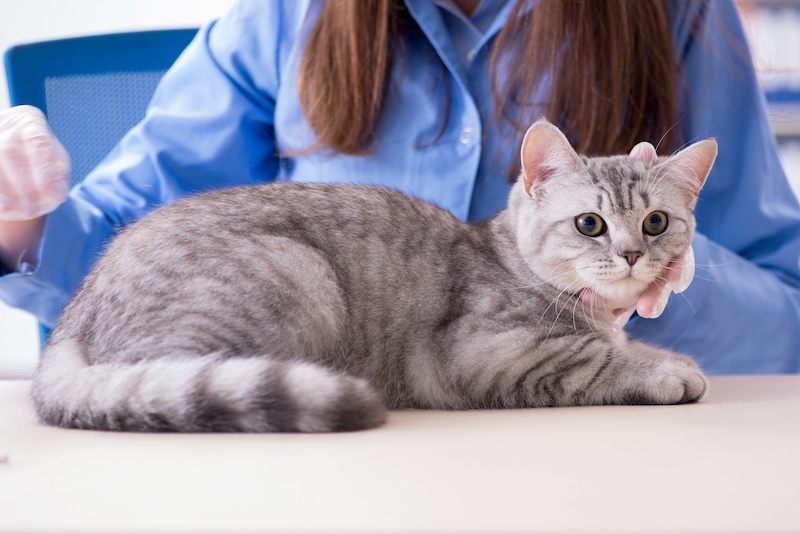
A cat’s tail is not immune to medical problems. Injuries, infections, and nerve damage can all affect the tail. Symptoms like drooping, excessive licking, or lack of movement may indicate a problem and should be checked by a vet.
10. Tail Length Varies by Breed

Not all cats have the same tail length. Siamese cats, for example, are known for their long, slender tails, while breeds like the Bobtail or Manx have short or non-existent tails. Tail length doesn’t just add to a cat’s unique appearance—it can also influence how they express themselves. Please Note: This content was created with the assistance of AI and thoroughly edited by a human before publishing.

